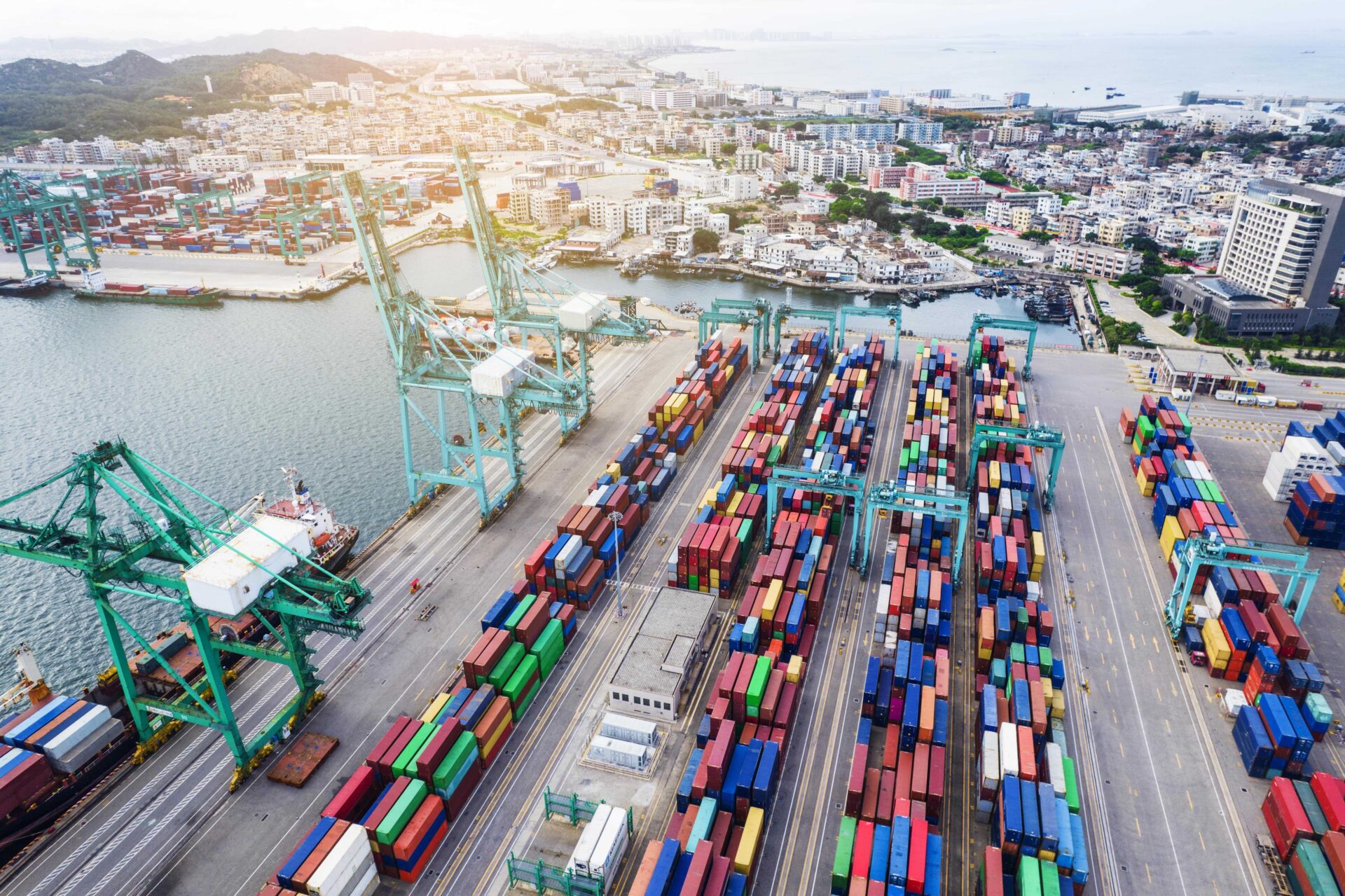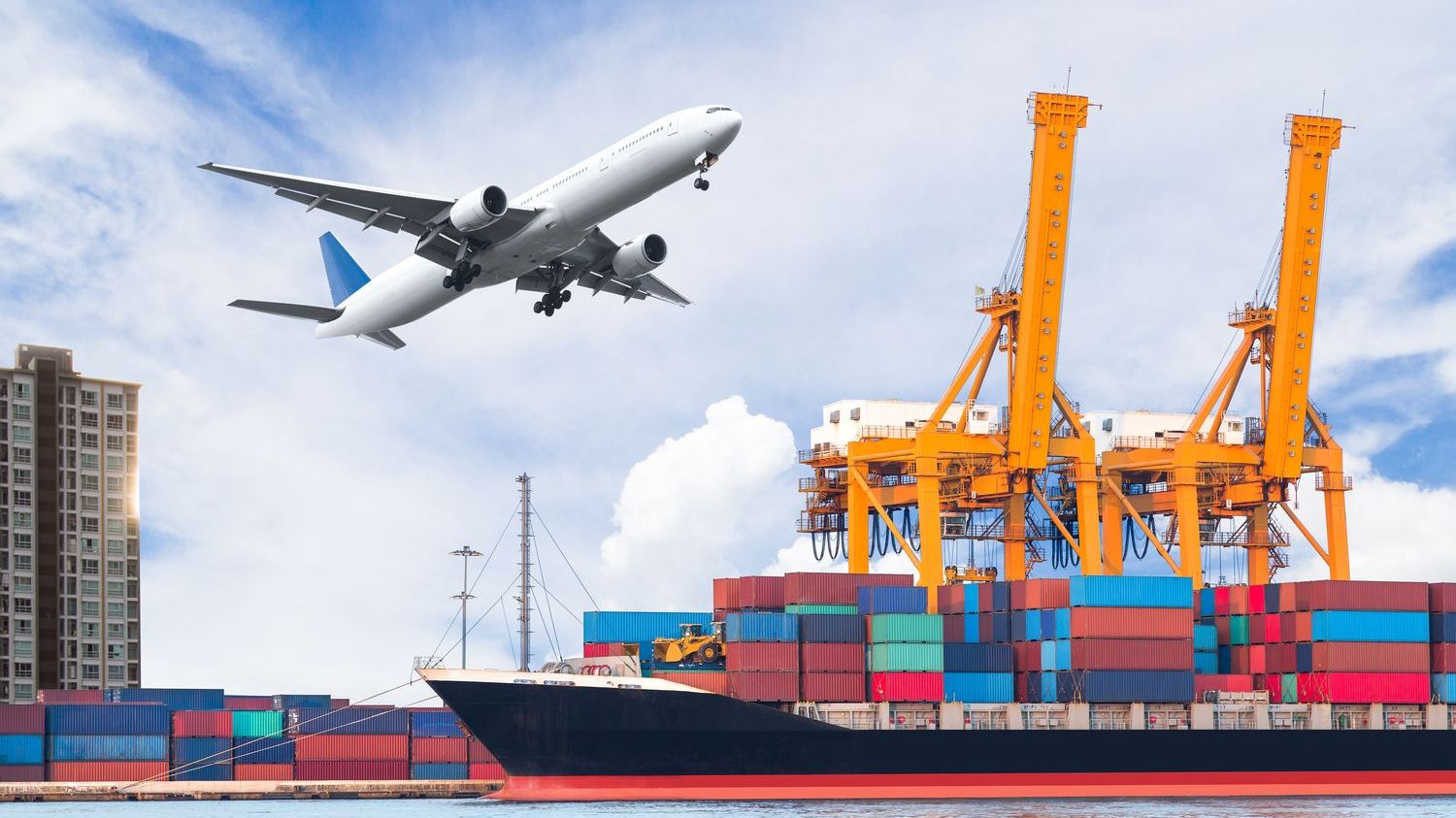When considering the logistics of international trade, a key factor that businesses and shippers alike must grapple with is the cost of transporting goods in containers across oceans. The expense can vary significantly depending on numerous variables, such as the size of the container, destination, shipping route, season, and the chosen carrier’s rates. In this article, we will delve into the factors that influence the cost and provide insights into how XRGLOBAL, a reputable logistics partner, can help streamline your international shipping processes.
Container sizes play a crucial role in determining the cost. The most common types are 20-foot (TEU) and 40-foot containers, with 40-foot containers generally being more cost-effective per cubic meter due to economies of scale. A 20-foot container might cost anywhere from $2,500 to $6,000, while a 40-foot container could range from $4,000 to $9,000 or more, depending on the aforementioned factors. However, larger containers may offer better price-per-unit volume if your cargo allows for it.
The destination country’s customs regulations and duties can also impact costs. Some countries have higher tariffs or specific fees for imported goods, which can increase the overall shipping charges. It’s essential to research and account for these costs upfront to avoid unexpected expenses.
Another significant factor is the shipping route. Routes like the Trans-Pacific Partnership (TPP) or the North Atlantic Trade Route (NAT) often have different rates due to varying distances, fuel costs, and transit times. For instance, opting for a direct route may save on transit time but could result in a higher freight rate compared to a more circuitous route that takes longer but offers a more competitive price.
Seasonal fluctuations can also affect costs. During peak shipping seasons, such as holiday periods or harvest times, demand surges, leading to increased rates. Conversely, off-peak periods might see lower prices, so timing your shipments accordingly can help manage costs.
The choice of shipping line is critical, as each carrier has its own pricing structure and service offerings. XRGLOBAL, a renowned brand in the logistics industry, offers transparent and competitive rates while providing reliable and efficient services. Their global network, combined with their expertise, allows them to negotiate favorable contracts with carriers, resulting in cost savings for their clients.
In addition to freight costs, there are other expenses to consider, such as handling, documentation, and insurance. Handling fees cover the loading and unloading of your container at origin and destination ports, which can range from $100 to $500 per container. Documentation fees, including customs clearance and export licenses, can add up to a few hundred dollars depending on the complexity of the transaction. Insurance premiums protect your cargo against potential losses during transit and typically cost around 1-3% of the declared value.
To get a more accurate quote for your container shipment, it’s advisable to use an online shipping calculator or work directly with a logistics provider like XRGLOBAL. They can provide a customized quote based on your specific requirements, taking into account all the factors mentioned above.
In conclusion, the cost to send a container overseas is a multifaceted equation that depends on several variables. By understanding these factors and partnering with a reliable logistics provider like XRGLOBAL, businesses can make informed decisions, optimize their supply chain, and minimize shipping costs. With XRGLOBAL‘s expertise and global reach, you can streamline your international shipping processes, ensuring a seamless and cost-effective journey for your goods across borders.




